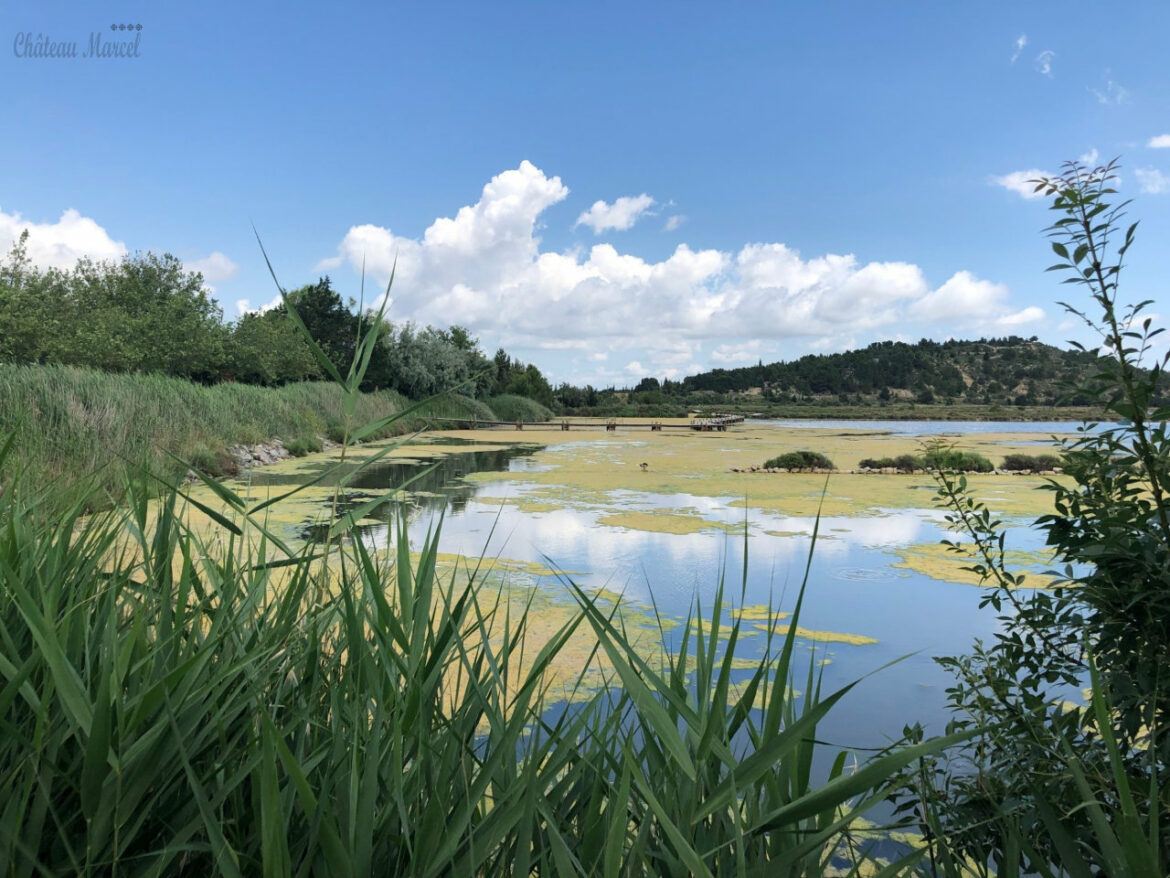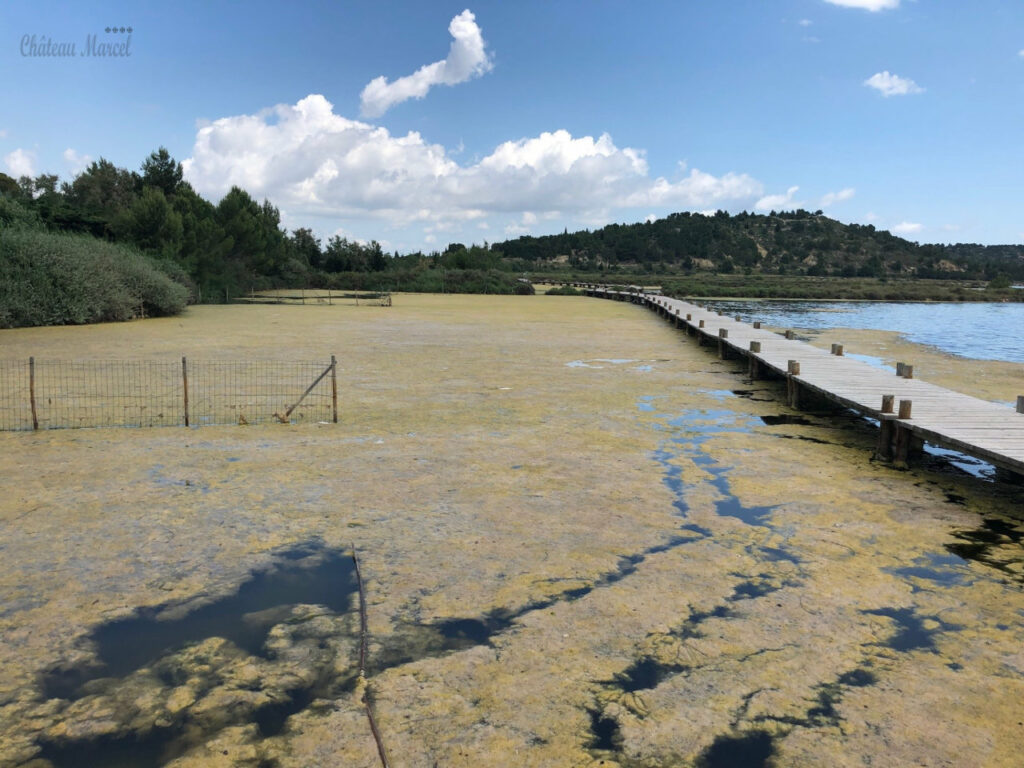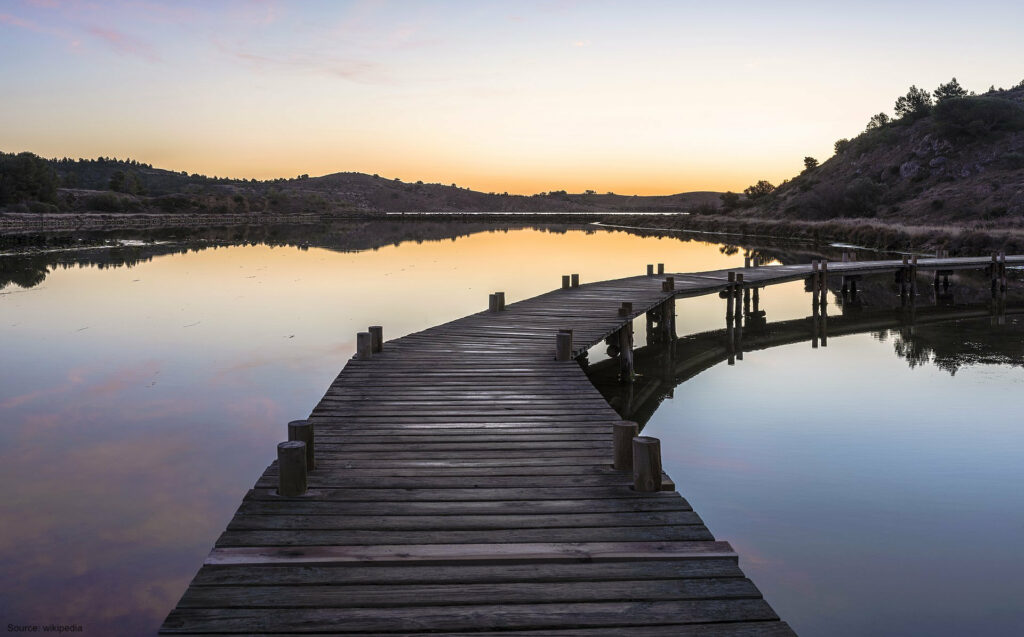Peyriac-de-Mer is well known for its salt production (not used anymore) and its wonderful walks ‘on the water’!
In the heart of the Narbonnaise Regional Nature Park, this Occitan village has preserved its small medieval streets, its typical square and its fountain in the shade of plane trees.
Wine-growing, fishing and salt exploitation have deeply marked the history of the village.
Since ancient times, the site of Peyriac de Mer has proved to be suitable for salt mining.
This was stopped in 1967, as it was no longer of sufficient economic interest.
A walk of about 2 km allows you to discover the salt works thanks to the path of the boards on stilts up to the Doul. You can then return to the village via the “passière”, a 15th century masonry structure that protected the saltworks from the rising waters of the pond.
Also worth seeing in Peyriac is the 16th century fortified church which houses a polychrome Virgin and Child, three paintings by the Carcassonne painter Jacques Gamelin (1793-1803) and a listed 19th century baroque organ.
As you walk around the church, you will discover the buttresses that span the rue de l’Eglise and go into the houses, then a watchtower visible from the square. On the Rue de l’Etang side, the church disappears completely, embedded in the houses. The bell tower supports three bells suspended from a wrought iron frame.
Also worth seeing is the Peyriac Archaeological Museum, which traces the history of Peyriac-de-Mer from prehistory to the Roman period.









